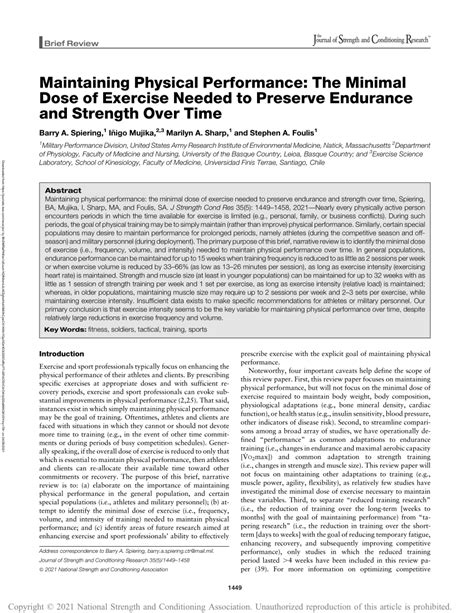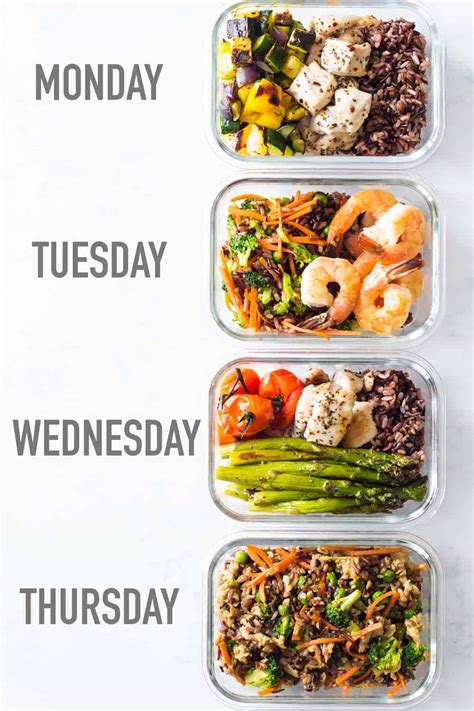What minimal effective dose training strategy maximizes strength & performance for busy men?

In today’s fast-paced world, time is a luxury many busy men simply don’t have. Juggling careers, family, and personal responsibilities often leaves little room for extensive gym sessions. Yet, the desire for strength, improved performance, and better health remains strong. The solution? A ‘Minimal Effective Dose’ (MED) training strategy. This approach focuses on doing the least amount of work necessary to elicit the greatest possible results, making it the ultimate tool for time-constrained individuals seeking significant strength and performance gains.
The Philosophy of Minimal Effective Dose (MED) Training
The concept of MED is simple yet profound: identify the minimum stimulus required to achieve a desired adaptation. In strength training, this means pushing your body just enough to trigger muscle growth and strength improvements, without overtraining or wasting valuable time on excessive volume. For busy men, MED training isn’t about shortcuts; it’s about smart, efficient, and highly focused effort.
Traditional bodybuilding splits or high-volume programs, while effective for some, are often unsustainable for those with packed schedules. MED training strips away the non-essentials, focusing on foundational movements and intensity to deliver maximum bang for your buck.

Core Principles for Maximizing Strength and Performance
To successfully implement an MED strategy, certain principles must be rigorously applied:
1. Prioritize Compound Movements
Compound exercises are the cornerstone of any effective strength program, especially an MED one. Movements like squats, deadlifts, bench presses, overhead presses, and rows engage multiple muscle groups simultaneously, leading to greater strength gains and calorie expenditure in less time. Isolation exercises (e.g., bicep curls, tricep extensions) should be minimized or eliminated, as they offer a poor return on investment for the busy man’s primary goal of maximizing overall strength and performance.
2. Embrace High Intensity, Low Volume
Rather than doing many sets with moderate weights, MED training advocates for fewer sets with higher intensity. This means lifting heavier weights for fewer repetitions, often pushing close to muscular failure (e.g., 2-3 working sets of 3-6 repetitions with a Rate of Perceived Exertion (RPE) of 8-9). This high-intensity stimulus is crucial for signaling strength adaptations, even with minimal overall volume.

3. Master Progressive Overload
No principle is more vital to strength progression than progressive overload. To get stronger, you must continually challenge your muscles. This can be done by increasing the weight, performing more repetitions with the same weight, improving technique, or decreasing rest times. Without consistent progression, even the most efficient program will eventually stall. Tracking your workouts meticulously is key to ensuring you’re always striving for improvement.
4. Optimize Training Frequency
For busy men, 2-3 full-body training sessions per week often strikes the perfect balance. This frequency allows for adequate recovery between sessions, enables you to hit major muscle groups multiple times a week for better stimulus, and is realistic to fit into a demanding schedule. Each session should ideally be 45-60 minutes, including warm-up and cool-down.
A Practical MED Training Template for Busy Men
Here’s a sample weekly template designed for maximum efficiency and results:
Example Weekly Schedule:
- Monday: Workout A
- Wednesday or Thursday: Workout B
- Friday or Saturday: Workout A (or switch between A and B if you’re doing 3 days a week)
Workout A:
- Warm-up (5-10 minutes: dynamic stretches, light cardio)
- Barbell Squat: 2-3 sets of 3-6 reps
- Barbell Bench Press: 2-3 sets of 3-6 reps
- Barbell Row or Pull-ups: 2-3 sets of 5-8 reps
- Optional: Abdominal work (e.g., planks): 2-3 sets to failure/max hold
- Cool-down (5 minutes: static stretches)
Workout B:
- Warm-up (5-10 minutes)
- Deadlift: 1-2 sets of 3-5 reps (or Romanian Deadlift if preferred)
- Overhead Press: 2-3 sets of 3-6 reps
- Incline Dumbbell Press or Dips: 2-3 sets of 6-10 reps
- Optional: Farmer’s Carries or Grip work: 2-3 sets
- Cool-down (5 minutes)

Beyond the Lifts: Recovery and Nutrition
While MED training focuses on gym efficiency, the gains are truly forged outside of it. Prioritizing adequate sleep (7-9 hours), managing stress, and maintaining a nutrient-dense diet are non-negotiable for maximizing strength and recovery. Ensure you’re consuming enough protein (around 0.7-1 gram per pound of body weight) to support muscle repair and growth, along with sufficient carbohydrates and healthy fats for energy and hormone function. Hydration is also paramount.

The Undeniable Benefits of MED Training
- Time Efficiency: Minimal time commitment, maximum results.
- Sustainability: Easier to adhere to long-term compared to exhaustive routines.
- Reduced Risk of Overtraining: Less volume means better recovery.
- Focused Effort: Every set and rep counts, enhancing mental discipline.
- Significant Strength Gains: The intensity and progressive overload drive real progress.
Conclusion: Strength on Your Schedule
For the busy man, sacrificing strength and performance due to time constraints is no longer an excuse. The minimal effective dose training strategy provides a powerful, scientifically backed framework to build significant strength and improve physical performance without dominating your schedule. By focusing on compound movements, high intensity, progressive overload, and smart recovery, you can achieve your fitness goals and integrate a sustainable, effective training regimen into even the most demanding lifestyle. It’s not about doing more; it’s about doing what truly matters, optimally.









